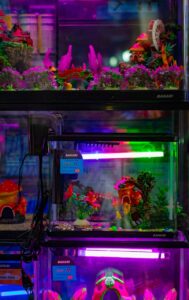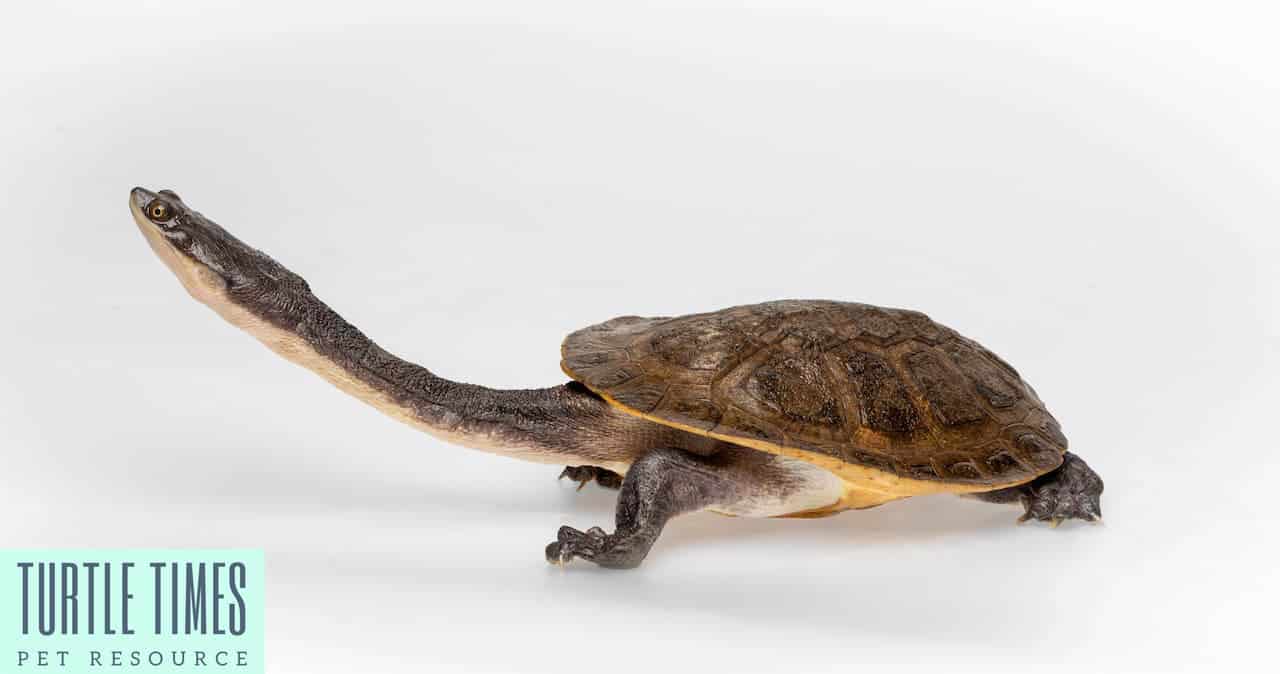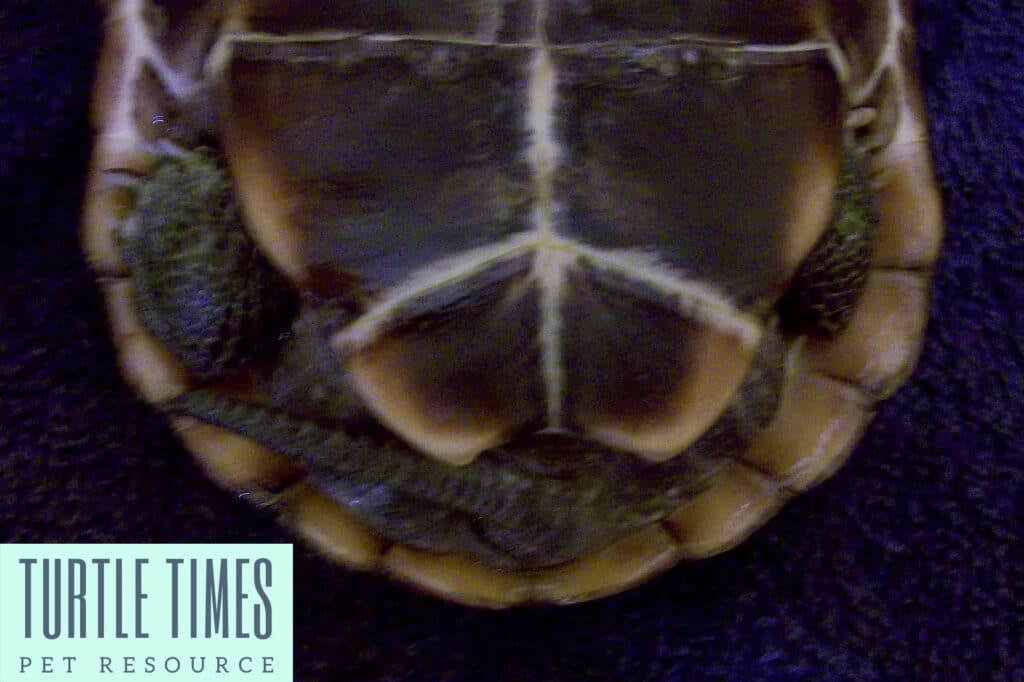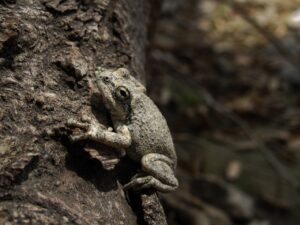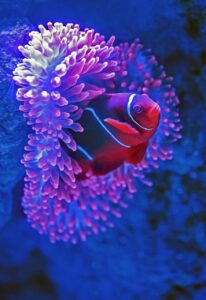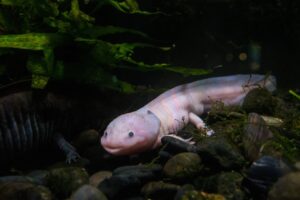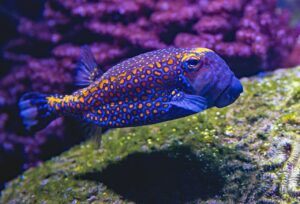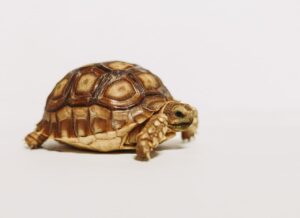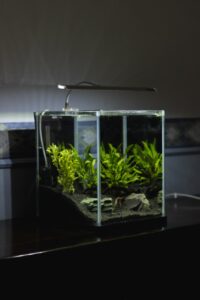By Turtle
Terrapin Turtle: The Ultimate Guide to This Remarkable Creature
Terrapin turtles are fascinating creatures that live both on land and in water. They have a hard shell called a carapace, which protects them from predators. These cute little turtles can be found in various parts of the world, including North America, Europe, and Asia.
Terrapin turtles are known for their unique ability to retract their heads and legs inside their shells when they feel threatened. It’s like they have their built-in hiding spot! Imagine if we humans could do that, too. We would never have to worry about being caught doing something silly!
These turtles have webbed feet, which make them excellent swimmers. They can glide gracefully through the water, almost like they’re doing a synchronized swimming routine! If there was an Olympic event for turtle swimming, I’m sure the terrapin turtles would win gold every time.
Let’s take a closer look!
Where They Originate From
Terrapin turtles originate from various parts of the world, including North America, Europe, and Asia. These fantastic creatures have managed to spread their charm across continents!
They can be found in marshes, ponds, rivers, and coastal areas. Imagine a terrapin turtle taking a vacation by the beach, soaking up the sun with its webbed feet.
These turtles have become skilled travelers, adapting to different environments with ease. Whether it’s the wetlands of North America or the rivers of Asia, terrapin turtles have made their mark everywhere they go.
So, next time you encounter one of these adorable turtles, remember their well-traveled journey!
Choosing and Buying
When choosing and buying a terrapin turtle, there are a few things you need to consider. These little creatures may be adorable but require special care and attention. So, before you rush off to the pet store, here are some tips to help you make the right decision:
Research:
Start by doing your homework. Learn about the different types of terrapin turtles and their specific needs. Some require more space, while others thrive in smaller tanks. Knowing what you’re getting into will ensure you can provide the best possible care.
Find a Reputable Breeder or Pet Store:
Look for a breeder or pet store that specializes in turtles. You want to ensure you’re getting a healthy turtle from a reliable source. Ask for recommendations or read reviews online.
Observe the Turtle:
When you visit the breeder or pet store, observe the turtles. Look for signs of good health, such as bright eyes, a smooth shell, and active behavior. Avoid turtles that appear lethargic or have visible injuries.
Consider the Setup:
Terrapin turtles need a proper habitat to thrive. Ensure you have the necessary equipment, such as a tank with a basking area, UVB lighting, and a filtration system. Creating a comfortable and safe environment for your new turtle is essential.
Ask Questions:
Don’t be afraid to ask the breeder or store staff any questions. They should be knowledgeable and willing to guide you on turtle care. If they can’t answer your questions or seem uninterested, it’s best to look elsewhere.
How To Care For Them
When …read more
Read more here: Turtle Times
No products found.
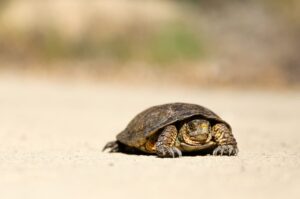


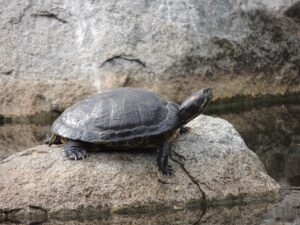









.jpg?w=250)
